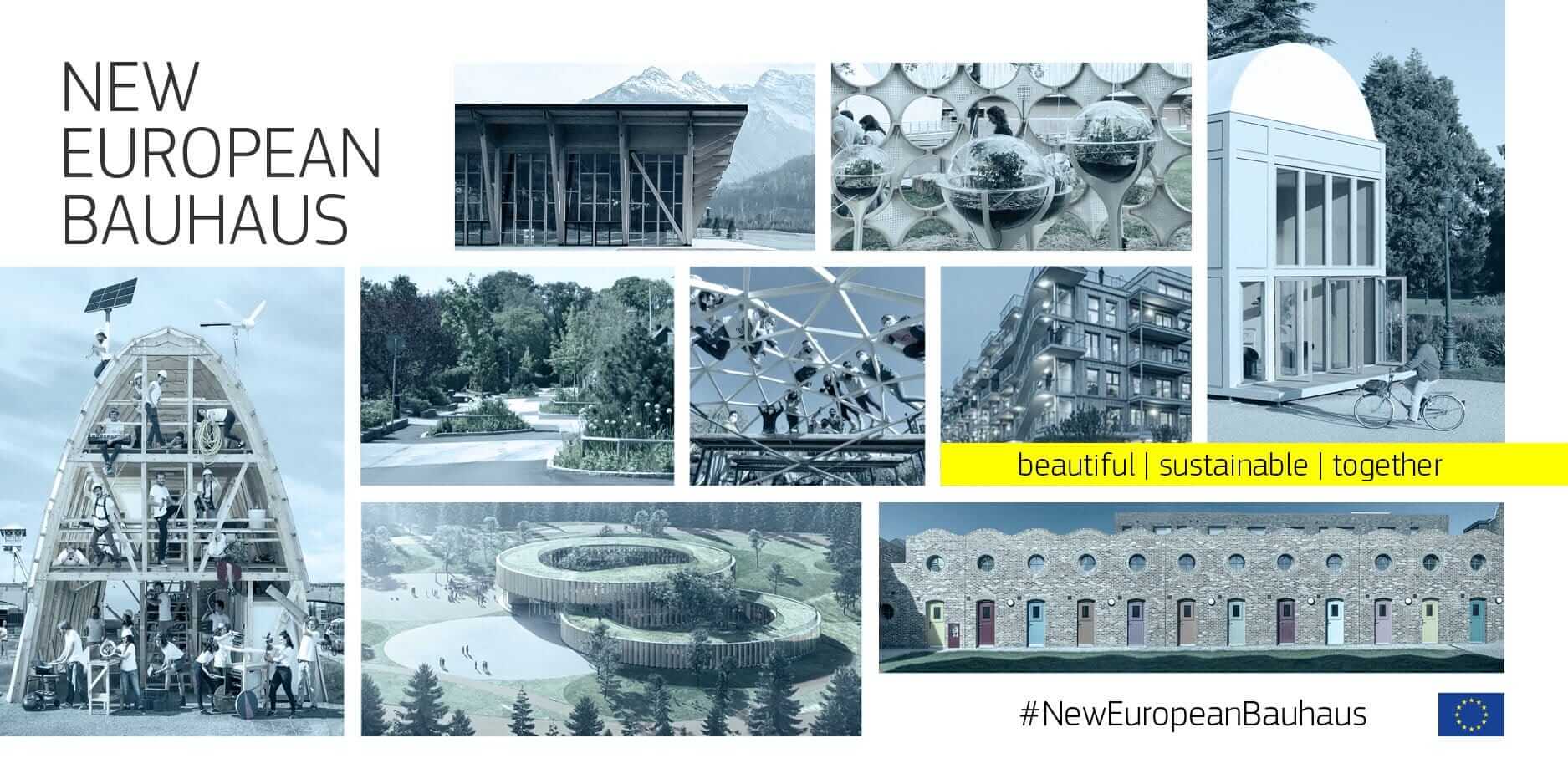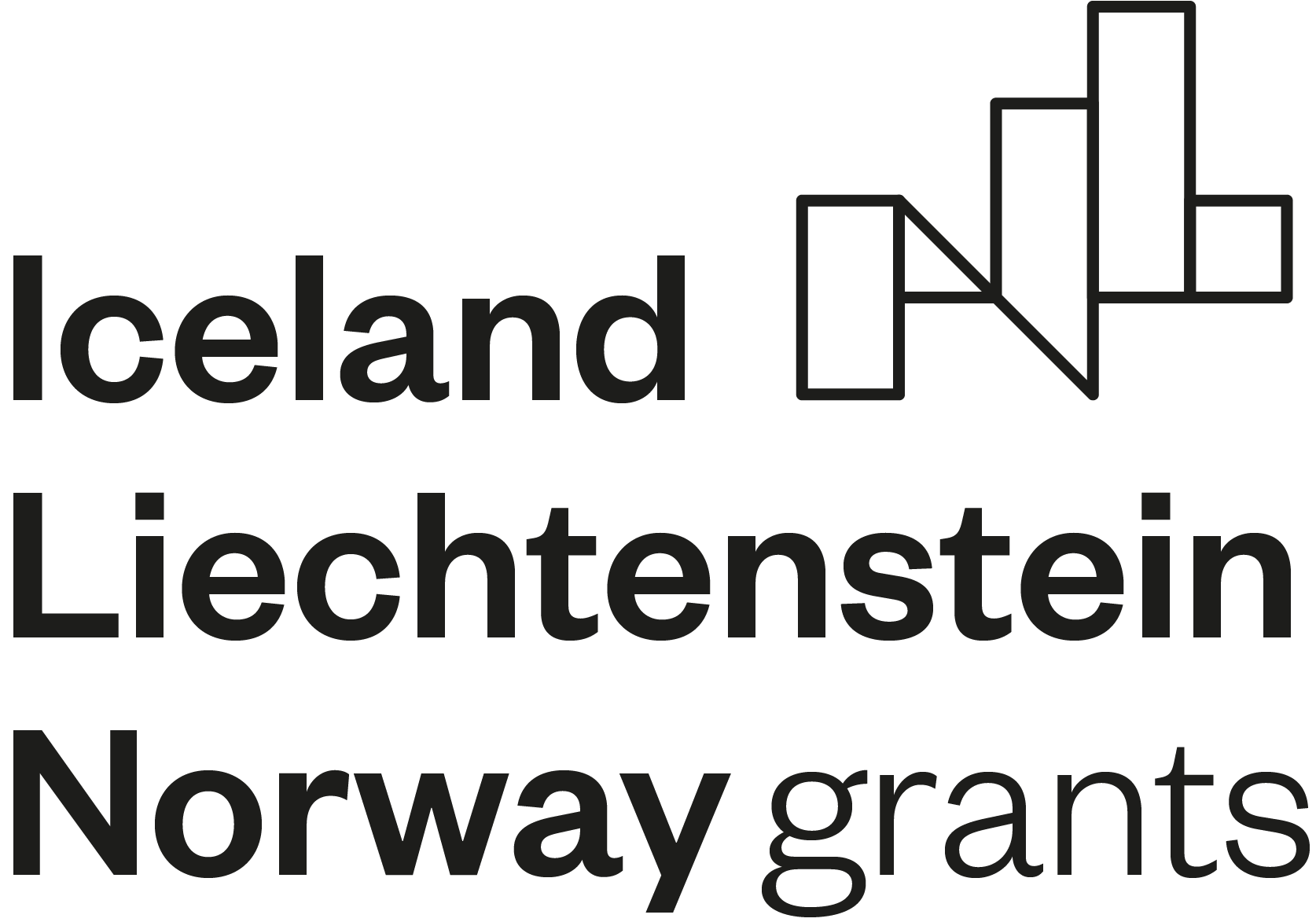
European New Bauhaus as a Pillar of Support for Ukraine
Providing effective and efficient aid to Ukraine is one of the greatest challenges Europe currently faces. However, can one talk about effective reconstruction in the face of war? On the day the war broke out - February 24, 2022 - did any of us suspect that it would last more than a year? Have we become accustomed to the threat posed by Putin?
EU Support for Ukraine
Although Ukraine is not a member of the European Union, EU member states have stepped in to help. Since the outbreak of the war, the EU has launched aid programs worth over 500 billion euros in total.

The EU, together with Moldova, established "EU-Ukraine Solidarity Pathways," which are essential corridors enabling the export and import of necessary goods. Since the beginning of the war, approximately 23 million tons of Ukrainian agricultural products have been exported, generating 20 billion euros in revenue for Ukrainian farmers and businesses. In addition, the European Commission is finalizing the transport of 40,000 tons of Ukrainian grain to vulnerable countries under the "Grain for Ukraine" initiative. Attention has also been paid to supporting and strengthening Ukraine's cyber resilience and promoting digital transformation. The EU has also coordinated more than 1,850 medical evacuations of Ukrainian patients, providing them with specialized healthcare in hospitals across Europe. Budget support of 620 million euros has been launched, as well as a rescue package of 330 million euros focused on the urgent needs of internally displaced persons, including social housing and the repair of damaged infrastructure - particularly heating, water, and sewage systems. The EU's actions in Ukraine are part of a broader strategy related to the transformation of the entire European continent.

What is the European New Bauhaus?
The European New Bauhaus is a project initiated in 2020 by the European Commission that contributes to the dissemination of innovation and new meanings through art. Will it be a groundbreaking project of our times? We will find out in a few years. However, it is worth noting the assumptions - as upcycling expert Anna Maj says, "The main assumption of the New Bauhaus is to accelerate ideologically and invest in the direction of Western European standards. There is a need for sustainable construction and an improvement in the quality of life." The Bauhaus movement, which began in an artistic and craft school in Weimar, serves as the inspiration for the project. It was known for its interdisciplinary approach and emphasis on the unity of art, craft, and technology, as well as pure form. The New European Bauhaus project aims to promote a holistic and human-centered approach to design. Tradition is combined with innovation and technology. The project's idea is to bring together architects, designers, artists, and other creators who will collaboratively work on developing innovative solutions that combine modern design with environmentally sustainable development. Within the NEB (New European Bauhaus), numerous events, competitions, and collaborations are held to encourage creativity in designing public spaces, buildings, and products. NEB's activities focus on four main thematic axes:
- returning to nature,
- reclaiming a sense of belonging,
- prioritizing places and people in need,
- moving away from industrial thinking towards a long-term vision transformation.
New European Bauhaus and Ukraine
Since the beginning of the war in Ukraine, the creative sector and NEB partners have actively engaged in assisting in the crisis. As reported in December 2022 - by September 8, 2022, at least 15,300 high-rise buildings, 115,900 private buildings, 44 social facilities, and 1,118 social buildings were destroyed in Ukraine. The need for new construction and reconstruction is immense. Due to the ongoing war, the lack of a strategic vision and instruments to undertake these actions is an additional problem.
As part of the first action, a group of members and partners coordinated the implementation of the "paper partition system" - a designated space separated by paper frames with textile dividers. This simple and effective solution allowed for privacy in temporary shelters.
Reflection on the reconstruction of the country also began, which would lead Ukraine to a more balanced and favorable future, while maintaining a sense of identity and belonging rooted in local culture. The European Union is currently exploring how to support such a reconstruction process. The President of the European Commission, Ursula von der Leyen, in her recent speech, announced: "We will rebuild Ukraine. It is not only in our interest but is our moral duty. When we do this, let's do it the right way. Let's do it in the spirit of the New European Bauhaus."
On the horizon, there are already assumptions based on rebuilding Ukraine in a more carbon-neutral way - based on recycling, reusing demolished buildings and infrastructure, as well as developing closed-loop construction methods. This allows for avoiding the use of natural resources, environmental pollution, and destruction of ecosystems.
Detailed data on reconstruction forecasts, as well as material durability studies, can be found here:
As an expert from AGH University of Science and Technology in Krakow, Anna Maj says: "The potential is huge. Every disaster is a human and environmental tragedy. The result is a pile of rubble. The debris must be segregated, and its contents - glass, plastics, textiles, electronics - must be transported and disposed of. There is a tremendous amount of work to do, but there is also a lot of material that can be reused. Some of what has been destroyed can simply be melted down - this applies to metals. Some fabrics will be suitable for reprocessing. As for the concrete rubble, it already has a well-known processing procedure. However, it is not perfect.
And this is where the opportunity for new technology arises - we use waste that is not suitable for recycling. A standard bag of rubble weighs 30 kg. Out of this 30 kg, statistically, 17 kg is large waste - with big pieces. It can be used as a base for roads, used to fill walls, mixed with cement, used as paving stones, etc. However, there is also dust from the rubble - that's our remaining 13 kg.
Thanks to solutions like Kompobet™, we can use it by mixing it with polymers - plastics that we heat to the appropriate temperature at which they become sticky, mix with the rubble, squeeze, and create, for example, a brick. Something that was waste becomes a building material."
In Ukraine, a huge amount of demolition waste creates resources ready for urban construction from recycling. To make this happen, investments in recycling infrastructure and new technologies are needed. The war has created a unique situation where the internal need for development is combined with the potential willingness of investors (public and private) to invest in pilot projects on closed-loop systems. The resulting projects can have international significance. Therefore, equal partnerships and joint project development are essential. Crisis management and reconstruction support should also aim to rebuild the Ukrainian economy, create jobs, raise the qualifications of the workforce, and adapt the industrial ecosystem in Ukraine.
Will such actions taken by NEB members and partners bring significant benefits to Ukraine? We hope so. At the same time, the NEB creates a framework for the energy transformation needed by the entire planet. The big question is, what role will culture play in all this? Will it have a say? Will it react when it sees the risk of abuse?
Let's hope so…











